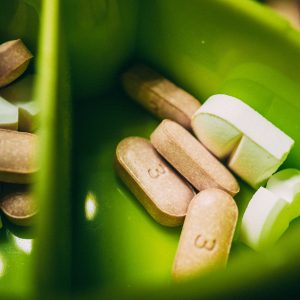In the field of stem cell research, Japanese scientists have played an important role. In 2012, Professor Yamanaka and Professor John B. Gurdon shared the Nobel Prize in Physiology or Medicine for their contributions to pluripotent stem cell induction. In this week’s issue of the Journal Science, another group of Japanese scientists made a breakthrough in stem cell research – they used human induced stem cells to create human oogonia! It also made humans closer to using stem cells to make eggs.
stem cell research
The creation of human germ cells in vitro has always been the goal of reproductive biologists. Previously, some progress has been made in mice. Previous studies have shown that human beings can use mouse embryonic stem cells to produce oocytes, the precursor of eggs. These cells can produce egg cells in female mice.
This paper shows that in humans, the method of making eggs by stem cells may also be feasible. In the study, scientists used an induced stem cell and induced it to differentiate further. To get the information molecules needed to differentiate into the cells, the researchers created an artificial ovary by simulating the early development of mouse eggs. They believe that the corresponding chemical signals can promote the differentiation of stem cells into egg precursor cells.
Everything comes to him who waits. After four months of culture, the researchers found that stem cells exhibited many oogonial characteristics, including reprogramming in epigenetic modifications. In addition, the partially demethylated and reactivated X chromosomes of the cells were also partially deactivated. These findings suggest that human pluripotent stem cells are expected to differentiate into germline cells, which is a key step in the production of human gametes in vitro.
While the researchers hope that this technology will eventually benefit women who can’t produce eggs properly, allowing them to enjoy the joys of having their own children.
But some commentaries also point out that this technology may bring some ethical concerns. Having mastered this technique, some plotters may be able to use anyone’s remaining cells, such as hair, to make eggs and produce offspring. In order to prevent this from happening, while the technology is gradually mature, supervision should also keep up with the pace of technology to avoid ethical disasters.
Counter offers high precision automatic cell counter for stem cell count.








